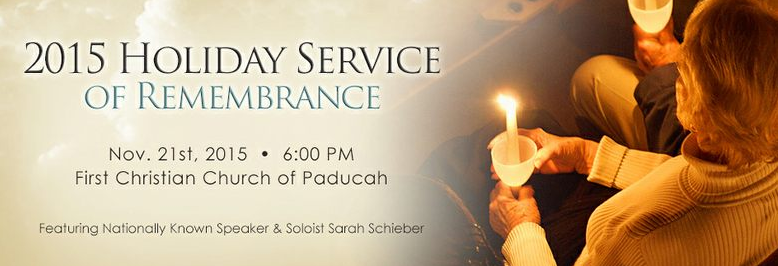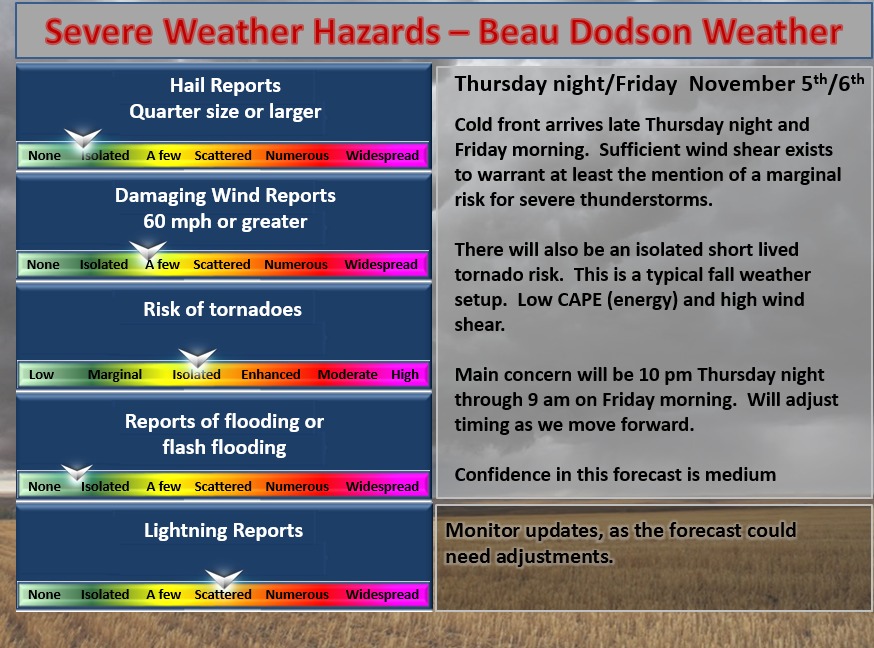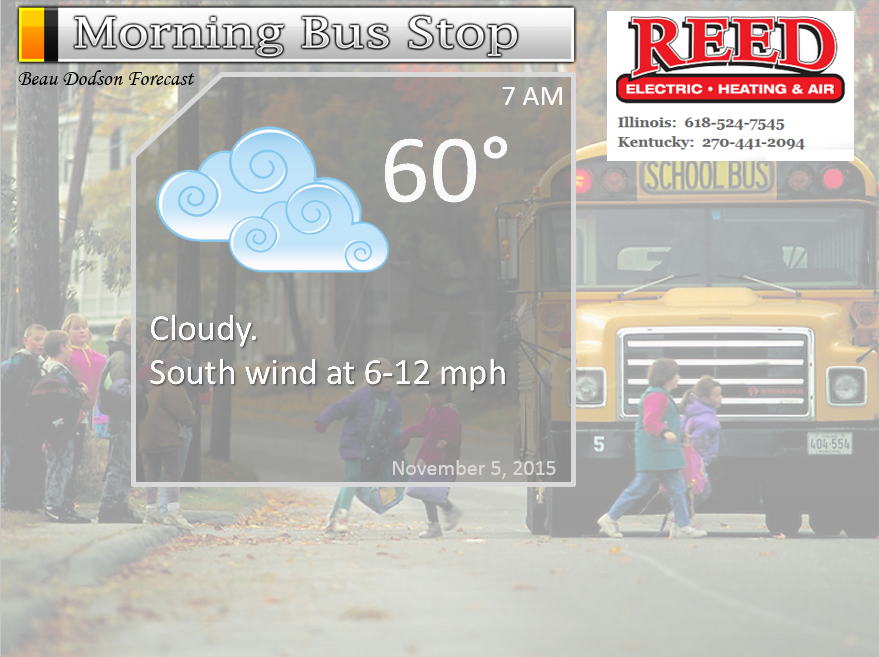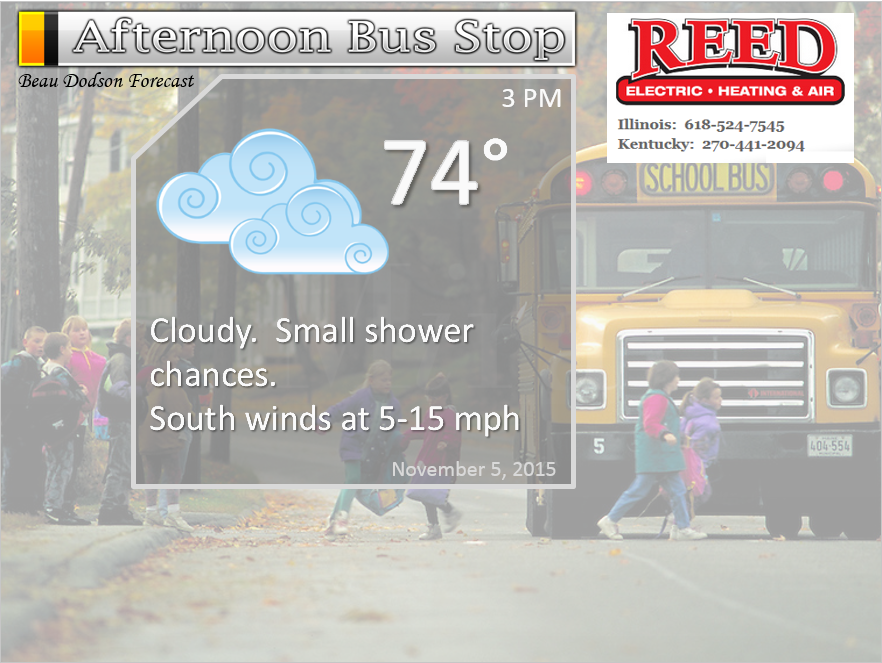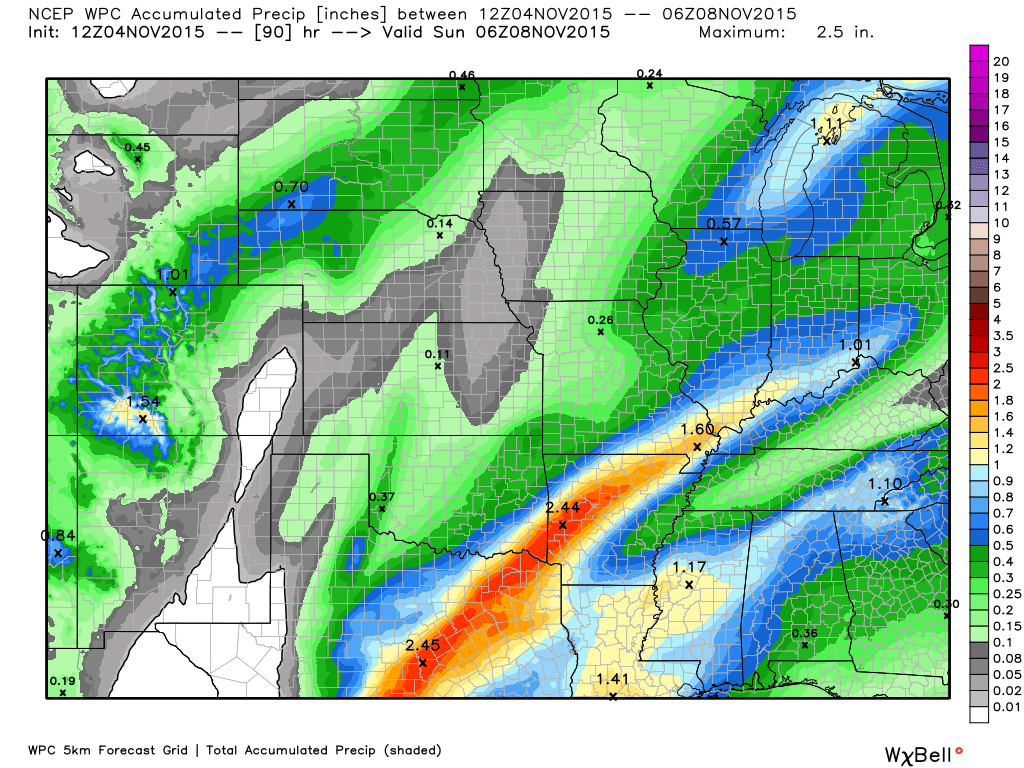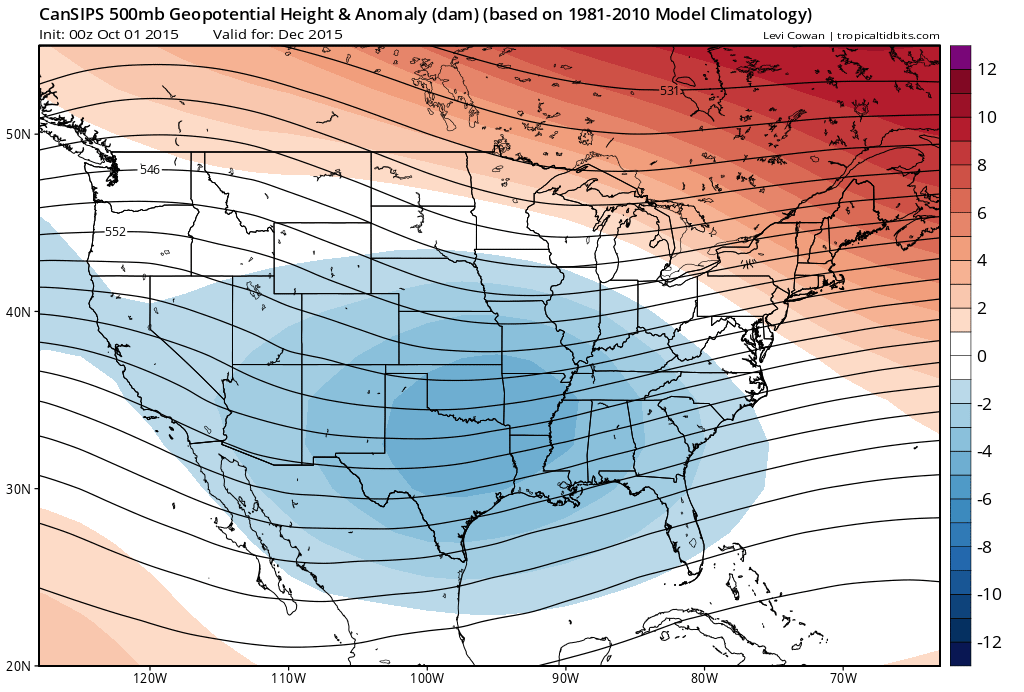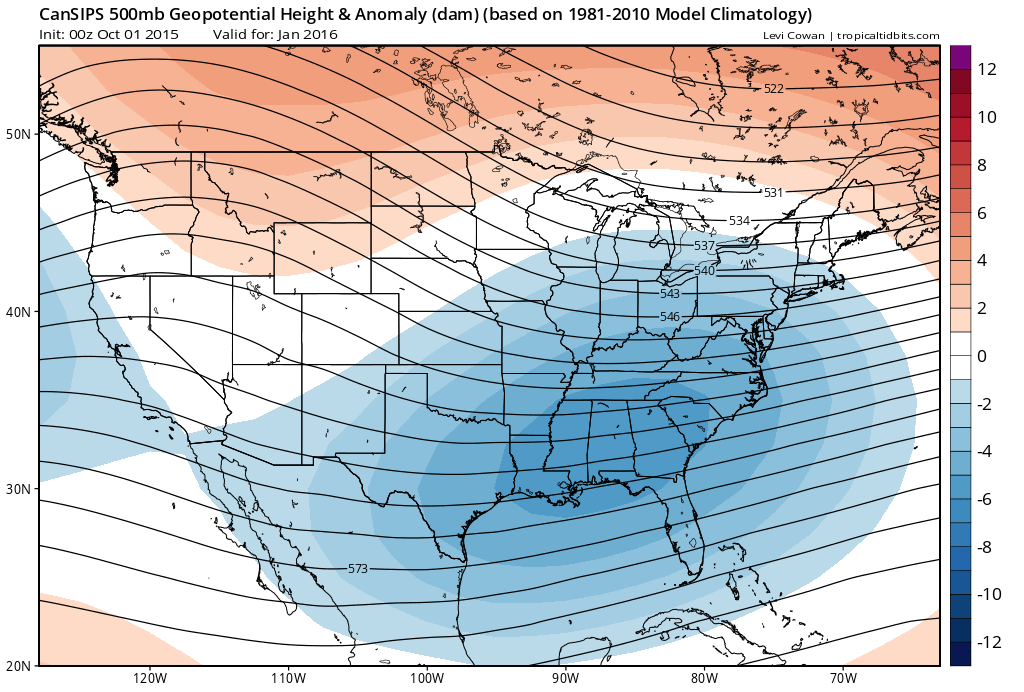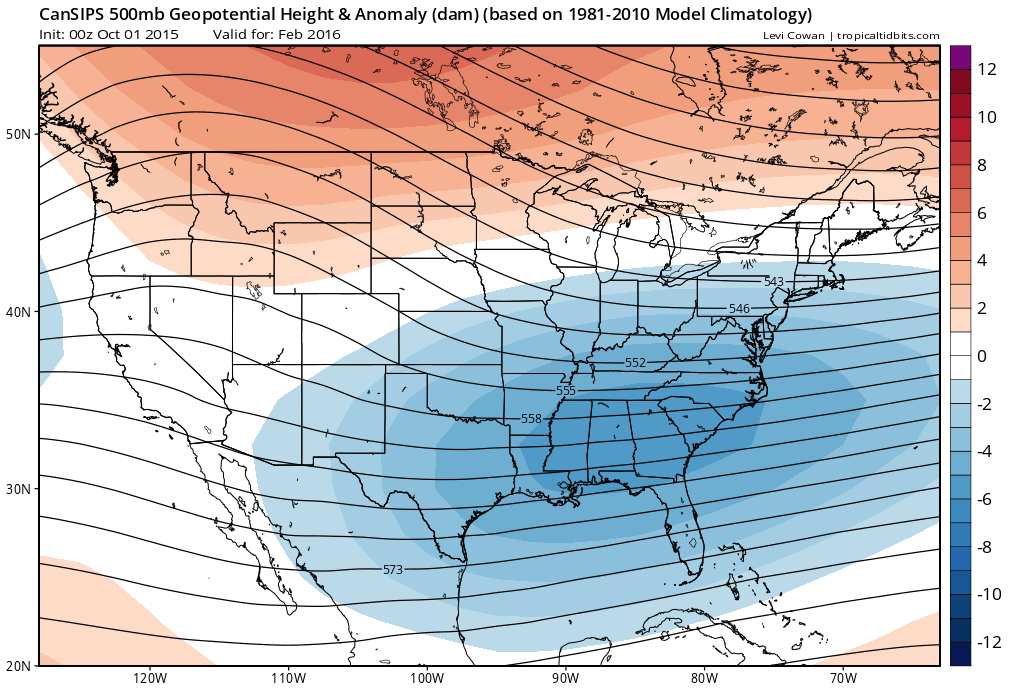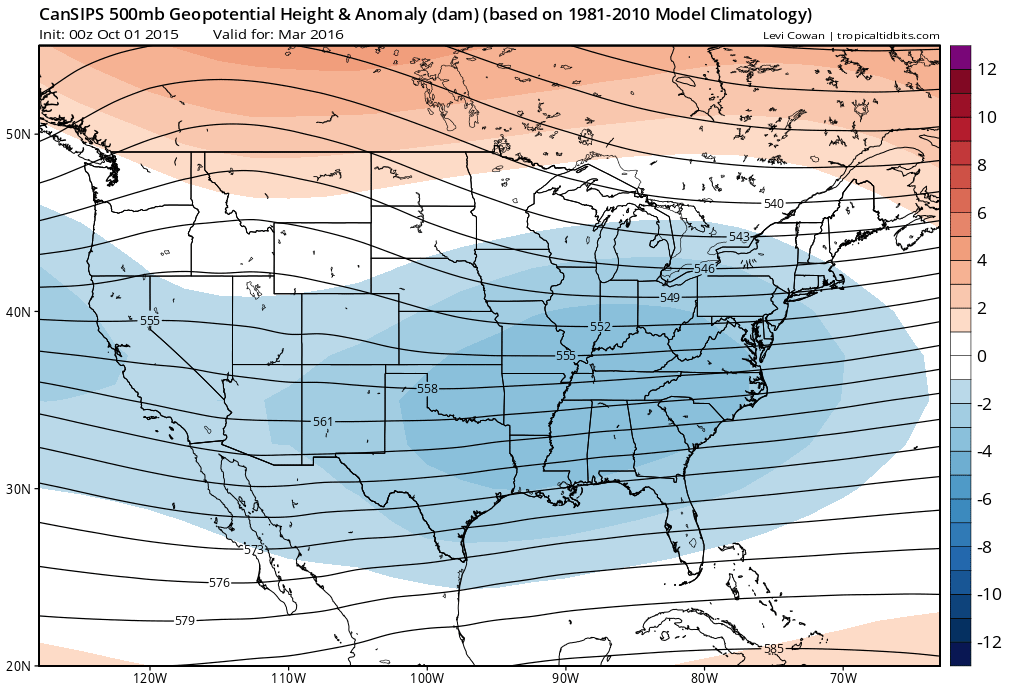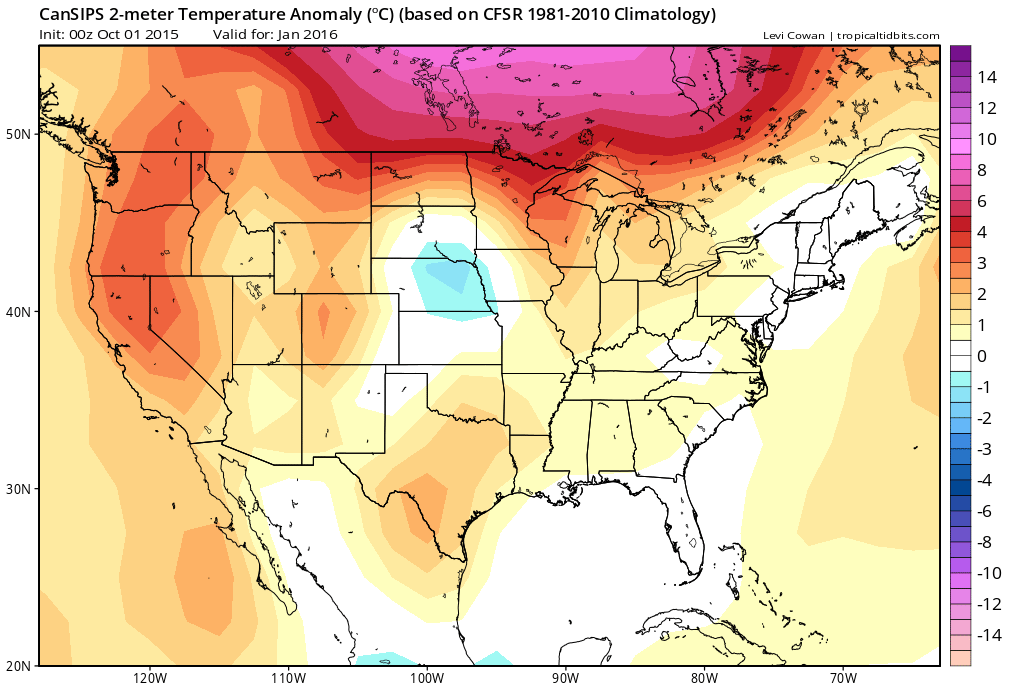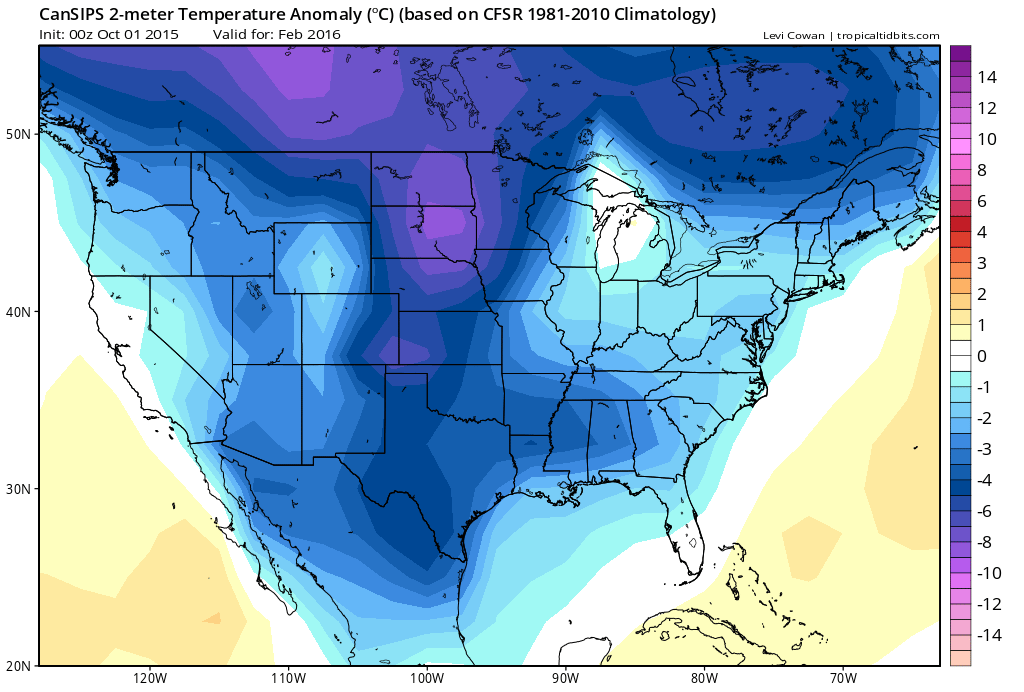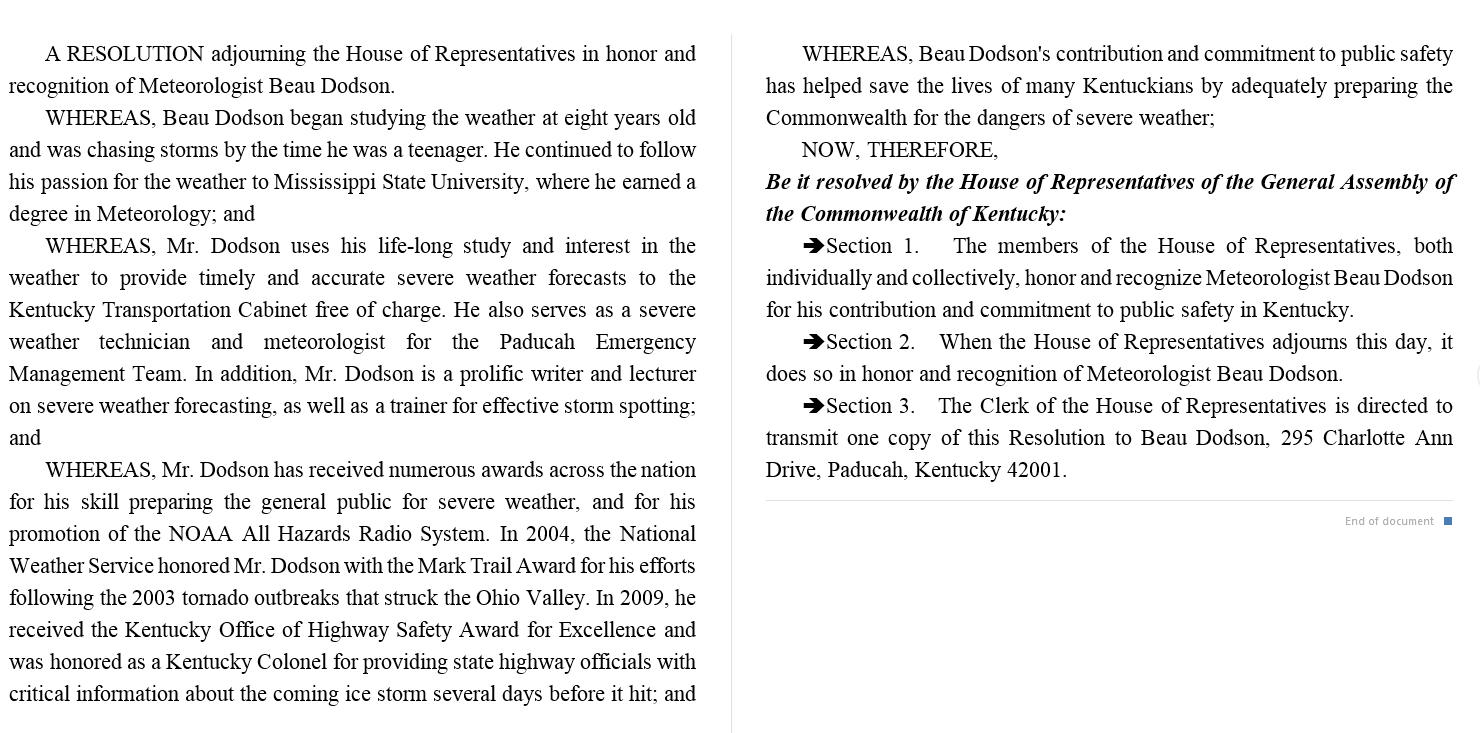We have some great sponsors for the Weather Talk Blog. Please let our sponsors know that you appreciate their support for the Weather Talk Blog.
Milner and Orr Funeral Home and Cremation Services located in Paducah, Kentucky and three other western Kentucky towns – at Milner and Orr they believe in families helping families. You can find Milner and Orr on Facebook, as well.
.

Wortham Dental Care located in Paducah, Kentucky. The gentle dentist. Mercury free dentistry. They also do safe Mercury removal. You can find Wortham Dental Care on Facebook, as well
.
For all of your families eye care needs. Visit their web-site here. Or, you can also visit their Facebook page.
.
Endrizzi’s Storm Shelters – For more information click here. Endrizzi Contracting and Landscaping can be found on Facebook, as well – click here
.
Best at Enabling Body Shop Profitability since 1996. Located In Paducah Kentucky and Evansville Indiana; serving all customers in between. They provide Customer Service, along with all the tools necessary for body shops to remain educated and competitive. Click the logo above for their main web-site. You can find McClintock Preferred Finishes on Facebook, as well
.

This forecast update covers far southern Illinois, far southeast Missouri, and far western Kentucky. See the coverage map on the right side of the blog.
Remember that weather evolves. Check back frequently for updates, especially during active weather.
Wednesday night – Cloudy with patchy drizzle and fog possible.
Temperatures: Lows in the middle to upper 50s
Winds: South at 5-10 mph
What is the chance for precipitation? 30%-40%
Coverage of precipitation? Scattered patchy drizzle
My confidence in this part of the forecast verifying is Medium
Should I cancel my outdoor plans? No, but there could be some patchy drizzle
Is severe weather expected? No
What impact is expected? Fog could lower visibility. Some wet roadways possible.
Thursday – Quite a few clouds. A chance for some light rain showers.
Temperatures: Highs in the lower to middle 70’s
Winds: South/southeast winds at 5-10 mph. Gusts to 20 mph.
What is the chance for precipitation? 30% mainly in the afternoon. Higher chances over our western counties in southeast Missouri.
Coverage of precipitation? Scattered
My confidence in this part of the forecast verifying is Medium
Should I cancel my outdoor plans? No, but there could be some patchy light showers
Is severe weather expected? No
What impact is expected? Some wet roadways possible
Thursday night – Cloudy. An increasing chance for showers and thunderstorms. Some storms could be strong. Gusty winds.
Temperatures: Lows in the lower 60s
Winds: South at 5-10 mph with gusts to 15-20 mph.
What is the chance for precipitation? 90% as the night wears on
Coverage of precipitation? Widespread precipitation as the night wears on.
My confidence in this part of the forecast verifying is Medium
Should I cancel my outdoor plans? Some rain will be possible. Monitor radars.
Is severe weather expected? There is a chance for a few severe thunderstorms with damaging winds and an isolated short lived tornado risk. The risk is small at any given location, but not zero. Let’s keep monitoring.
What impact is expected? Some wet roads and perhaps lightning. Gusty winds. I can’t rule out some severe thunderstorms. Mainly after midnight.
Friday – Showers and thunderstorms early in the morning. A few storms could be on the heavy side. Monitor for updates
Temperatures: Highs in the upper 60s to around 70 degrees.
Winds: Southwest winds becoming northwest after frontal passage. Gusty winds at 10-25 mph early in the day. Diminishing winds in the afternoon.
What is the chance for precipitation? 90% early (before 9 am). Then tapering to 20% in the afternoon.
Coverage of precipitation? Widespread early in the day. Then isolated perhaps in the afternoon (if any at all).
My confidence in this part of the forecast verifying is Medium
Should I cancel my outdoor plans? There could be some morning thunderstorms giving way to dry conditions by the afternoon hours.
Is severe weather expected? There is a chance for a few severe thunderstorms with damaging winds and an isolated short lived tornado risk. Mainly before 9 am. The risk is small at any given location, but not zero. Let’s keep monitoring.
What impact is expected? Maybe wet roadways and lightning. I can’t rule out a few reports of severe weather early in the morning.
Friday night – Clearing and cooler.
Temperatures: Lows in the lower to middle 40s
Winds: Northwest winds at 5-10 mph
What is the chance for precipitation? 0%
Coverage of precipitation? None
My confidence in this part of the forecast verifying is high
Should I cancel my outdoor plans? No
Is severe weather expected? No
What impact is expected? None
Saturday – Partly sunny and cooler.
Temperatures: Highs in the middle to upper 50s
Winds: North winds at 5-10 mph.
What is the chance for precipitation? 0%
Coverage of precipitation? None
My confidence in this part of the forecast verifying is Medium
Should I cancel my outdoor plans? No
Is severe weather expected? No
What impact is expected? None
Saturday night – Clearing and colder. Frost possible.
Temperatures: Lows in the upper 30s to lower 40s.
Winds: North winds at 5 mph
What is the chance for precipitation? 0%
Coverage of precipitation? None
My confidence in this part of the forecast verifying is high
Should I cancel my outdoor plans? No
Is severe weather expected? No
What impact is expected? Frost possible
Sunday – Partly sunny and cool. Fall.
Temperatures: Highs in the middle 50s
Winds: Northeast winds at 5-10 mph.
What is the chance for precipitation? 0%
Coverage of precipitation? None
My confidence in this part of the forecast verifying is High
Should I cancel my outdoor plans? No
Is severe weather expected? No
What impact is expected? None
Sunday night – Mostly clear and cool. Frost possible. Small chance for a freeze.
Temperatures: Lows in the middle 30s.
Winds: North winds at 0-5 mph
What is the chance for precipitation? 0%
Coverage of precipitation? None
My confidence in this part of the forecast verifying is high
Should I cancel my outdoor plans? No
Is severe weather expected? No
What impact is expected? Frost possible
Monday – Partly sunny and cool. Fall.
Temperatures: Highs in the upper 50s to lower 60s
Winds: Northeast winds at 5-10 mph.
What is the chance for precipitation? 0%
Coverage of precipitation? None
My confidence in this part of the forecast verifying is High
Should I cancel my outdoor plans? No
Is severe weather expected? No
What impact is expected? None
The School Bus Stop Forecast is sponsored by Reed Electric, Heating & Air in Metropolis, IL offers full electrical, heating, and air conditioning services, as well as automatic transfer generators. Our licensed and insured service technicians serve Southern Illinois and Western KY with 24 hour service. Free estimates available for all new installations!
Click their ad below to visit their web-site or click here reedelec.com

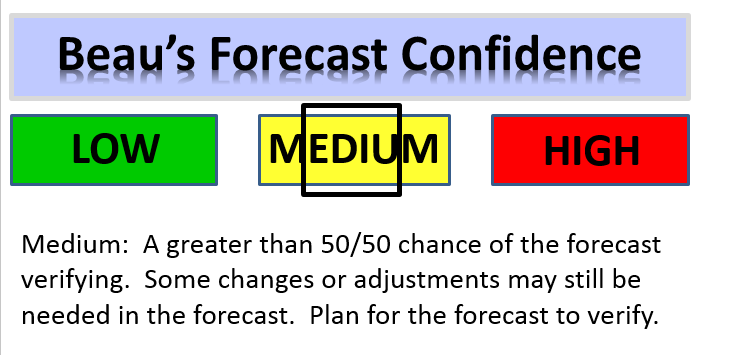

Don’t forget to check out the Southern Illinois Weather Observatory web-site for weather maps, tower cams, scanner feeds, radars, and much more! Click here

An explanation of what is happening in the atmosphere over the coming days…
Highlights
1. Main focus of this update is for Thursday night and Friday morning.
2. Some strong to severe storms can’t be ruled out late Thursday night into early Friday morning
3. This could be an event that occurs while most people are sleeping.
4. Monitor updates
5. More storms next week? Possibly.
First, Friday afternoon into Monday should be dry. Believe the sun will come out, as well. Another big system is possible towards the middle of next week. Heavy weather could occur with it, as well.
The focus of this update, however, is on Thursday night and Friday morning.
Some showers are possible as early as Thursday afternoon over southeast Missouri and southwest Illinois. Small chance elsewhere.
Thursday evening one round of showers and possibly some thunderstorms will occur. Not expecting severe weather during that time frame. Maybe some locally heavy downpours. Scattered lightning reports possible Thursday evening.
Ingredients are coming together for a few strong to severe thunderstorms lat Thursday night and Friday morning. As is normally the case during the fall months, some ingredients are lackluster. Meaning, not all that impressive. While other ingredients are very strong.
Often times the stronger ingredients, during the fall and winter months, can make up for the weaker ones. That could be the case on Thursday night and Friday morning. But, overall the risk appears minimal or small. With that said, it only takes one or two events to cause problems. Thus is the nature of severe weather.
CAPE (energy) is low. Wind shear is very high. That means low topped supercells will be possible. A supercell can produce heavy downpours, damaging winds, lightning, and even isolated tornadoes.
Historically an event like this is not a straight forward forecast. Often times forecasters can tell you that there are enough ingredients to cause concern. That is the case this time around. There are, however, uncertainties.
Some things are beyond a forecasters capability. For example, no forecaster in our region can guarantee you that there will be some damaging winds and/or a tornado on Thursday night. The best we can do, with the current technology and skill sets, is tell you when ingredients favor an event occurring. And, sometimes severe weather occurs, but is never verified. So, we don’t even know that it occurred. Ahhh the life of a forecaster.
Lapse rates are meager and CAPE may end up being very low. If that is the case then the risk for severe weather could be mitigated a bit. My biggest concern are the jet stream numbers. The low, mid, and upper level jet streams with be zipping along. Never a good sign when severe weather is possible.
The turning of the winds, we call this wind shear, can produce short lived tornadoes. Short lived or not, it only takes one tornado to cause major problems. We all know this.
Again, overall the risk appears fairly small, but not zero. And, it only takes one event to cause problems.
My best advice is to monitor updates on Thursday and Thursday evening. If you have a NOAA Weather Radio then check the batteries and keep it on Thursday night into Friday morning. The timing of the event could occur while most are sleeping.
I have the new texting service. I plan on being up through this event. If you would like to sign up then the instructions are below. I am doing a soft launch of the service. Be sure and pick the county that is most important to you. Two counties if you work in one and live in another. The messages are county based. The more counties you pick then the more messages you will receive. You don’t want to be flooded with messages for other counties.
Here are the instructions to sign up
Thank you for asking about the new texting service. I am excited about the project.
This is the link where you register for the texting service https://weathertalk.com/?module=register
And here is a short video (if you need assistance)
https://www.youtube.com/watch?v=GzHFC2O4f_s&feature=youtu.be
If you sign up for text messages (the daily forecast option) then you should start receiving those once or twice a day. Depending on the weather. If there are significant changes in the forecast then I will send out an updated text message. Obviously, the severe weather messages will be more frequent when an event is unfolding.
Some phones only allow 130 characters per text. We are working to resolve that issue, as well.
I appreciate your time and help with this new service. I am going to roll it out to everyone in a few weeks. If you know someone that is interested then you may let them know. You can send them this email, as well.
Also, remember that this service helps support all of the weather data that you see on a daily basis. The graphics, Twitter feed, Facebook page, the WeatherTalk blog, the interactive city view radars, and my time.

I also set up a storm tracking page with additional links (use during active weather for quick reference)
Storm Tracking Tool Page
We may have another round of storms next week. Stay tuned.
The long range pattern is taking on an active look. We may not be finished with severe weather concerns. Remember, fall can produce severe weather.
Checking the NWS out of Paducah, Kentucky. These are the tornadoes by the month. Notice the uptick in the fall?
Don’t forget we have interactive city view radars
WEATHER RADAR PAGE – Click here —

No major changes in the forecast.
![]()
Monitoring Thursday night and Friday morning for the potential of a few heavy thunderstorms. Damaging winds and even a low risk for isolated tornadoes. Winds aloft and in the lower levels will be very strong. This will produce wind shear. Storms that form could produce a few reports of severe weather. Overall, the confidence is low when it comes to the severe weather threat.
Remember, it only takes one tornado to cause major problems.

Main concerns will be Thursday night and Friday morning. Keep the weather radios on. We could have some heavy storms. There may not be a lot of lightning with the storms. Keep that in mind.

The wild card for the next few days will center around the risk for isolated severe thunderstorms on Thursday night and Friday morning. Right now the main concern appears to be late Thursday night (after 9 pm) into the 6 or 7 am hours on Friday. I would suggest closely monitoring the latest information.
We will have widespread showers and storms with the front. Isolated severe weather risk.

Chance on Sunday, November 8th and the morning of Monday the 9th.

How much precipitation should we expect over the next few days?
Showers and thunderstorms move back into the area on Thursday evening and night. Some heavy weather possible Thursday night into Friday morning. Locally heavy rainfall is a possibility. If any storm cells train over the same area then amounts could top one inch.
Officially here is the broad brushed rainfall outlook. As always, these amounts could vary considerably.

Can we expect severe thunderstorms over the next 24 to 48 hours? Remember that a severe thunderstorm is defined as a thunderstorm that produces 58 mph winds or higher, quarter size hail or larger, and/or a tornado.
Thunderstorm threat level will be ZERO for Thursday during the day and afternoon. Thursday night into early Friday morning (11 pm Thursday night through 9 am on Friday morning) will deliver an a level three. That means some storms could be severe. Let’s monitor it.
.
Thursday: Severe weather is possible on Thursday night and Friday morning. Damaging winds and even tornadoes could occur.
Friday: Monitor updates for early wee hours of Friday morning. Severe weather will be possible.
Saturday: Severe weather is not anticipated
Sunday: Severe weather is not anticipated.
Monday: Severe weather is not anticipated.
Thursday night and Friday morning (before 9 am on Friday) A level three. Hail is unlikely. Isolated damaging wind risk. Isolated tornado risk. Overall, the risk at any given location appears small, but not zero.
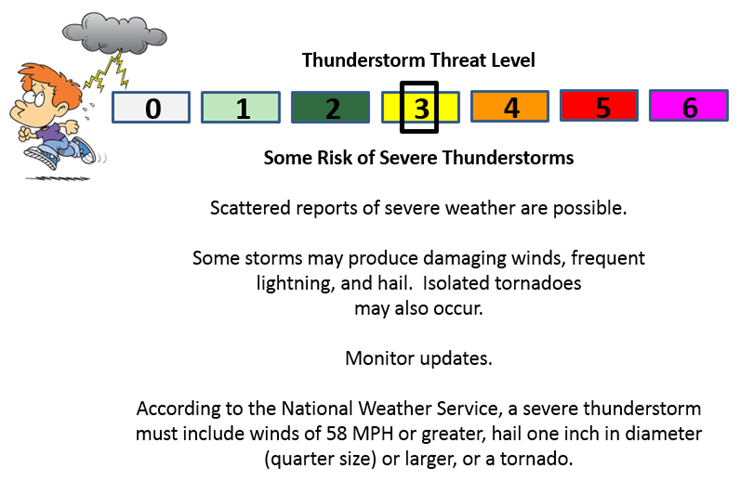

I also set up a storm tracking page with additional links (use during active weather for quick reference)
Storm Tracking Tool Page

Let’s take a look at some winter data. I will keep adding to this over the coming weeks.
UPDATE: October 20, 2015: Starting to see a more active pattern the last part of October into the first part of November. A couple of storm systems to monitor. I am noting the southern systems coming through the southwest United States. The thinking is that this winter might end up a southern winter. Meaning, a lot of storm systems will track through the gulf states and then off the southeast coast. If there is blocking then the systems would push up the East Coast. Typically this would be a great track for our region when it comes to winter storms.
The question will be how far south do these systems track. Normally for heavy snow in our region we would look for a system pulling out of Texas and Oklahoma and then tracking into Arkansas, Tennessee, Mississippi, Alabama. That would place our region on the cold side of the area of low pressure.
I do believe this is shaping up to be a fairly unique winter. The warm waters off both coasts are not typical for an El Nino event. Widespread above normal water temperatures in the Pacific and the Atlantic. I will be monitoring Gulf of Mexico water temperatures. Above normal waters in the Gulf of Mexico typically means increased severe thunderstorm activity along the Gulf Coast. It could also mean more moisture for our winter storms to work with.
Drought continues to be the lead story. Our dry pattern has been underway since September and October (for much of the region). The long range cycle typically sets up during October and early November. The longer our calm and dry weather persists the more I am concerned about drought during the winter months.
Precious discussions below.
One of my big concerns is how dry September and October have been over our local counties. This is a concern. I do believe in repeating patterns. Typically October and November set the stage for the winter. Let’s hope we start picking up more precipitation than we have been.
Let me show you some NOAA data. They basically make their winter forecast 100% based on El Nino. Personally I don’t like that approach, but every forecaster has their own method. I believe that every El Nino is unique and is certainly not the only factor in a winter forecast.
With that said here are some typical El Nino graphics
Strong southern jet stream. I agree with that. Potentially dry in our region. I am unsure about that.
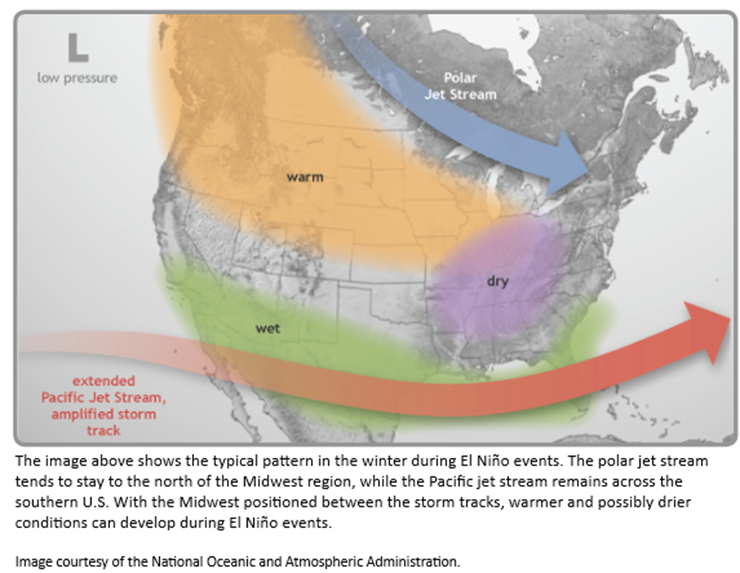
Then there is this map
What would a typical El Nino winter look like? Above normal temperatures over the northern United States. Below normal precipitation in and near our region. Again, this is what NOAA puts out.
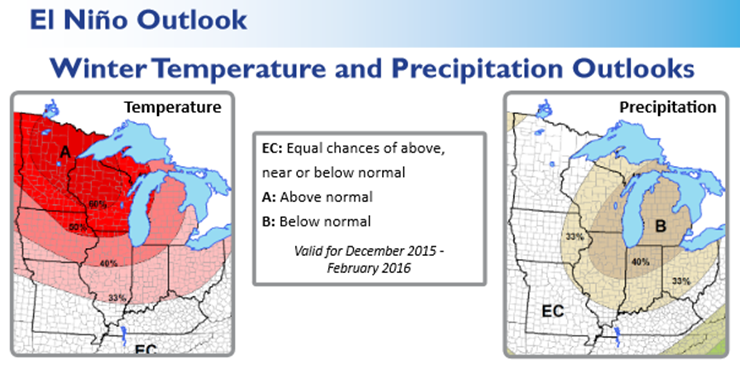
My thoughts below:
Keep in mind that seasonal forecasts are more for fun than anything else. No meteorologist can forecast details for the winter. Will we have one big snowstorm? Will we have a couple of big snow events? It is the details that you care about. The details can’t be forecast.
However, with that said…meteorologists can forecast some general ideas for an upcoming season.
As you may have read, I am leaning towards a colder than normal winter. But, I am struggling with precipitation. A powerful southern jet stream is forecast for the winter months. We typically have two branches of the jet. A northern branch and a southern brand. That southern branch can produce some nasty weather conditions…including heavy snow, ice, and severe weather.
But, the real question will be the placement of the southern branch in relation to the northern branch. When the two combine you can experience some of your bigger snowstorms.
The models are showing a drier than normal winter for our region. Below normal precipitation. Hopefully this won’t be the case. I don’t like to enter spring in drought. We have already experienced drier than normal conditions over Kentucky and Tennessee over the past month or so. October has been dry, thus far. And, that looks to continue.
Normally we start thinking about severe weather around the third and fourth week of October. Also, we typically have one or two severe weather episodes in November. Too soon to know if that will occur this year.
I am watching a storm system around the 14th-20th.
Back to the winter discussion…
A lot of models are showing below normal temperatures for our region. Let me show you a few charts.
These particular forecast maps are from a Canadian model. Images are from Tropical Tidbits.
This first map is for December. The blue indicates lower than normal 500 mb heights. The red indicates above normal heights. Lot of blue across the southern United States. That could be an indication of stormy weather.
This next map is for January
This next map is for February
This next map is for March
Let’s take a look at temperature anomaly maps
This first map is for December. Blue colors represent below normal temperatures. I am thinking this could be another back loaded winter. Perhaps the harshest winter conditions will be in February and March. Same as last year.
Here is the January temperature anomaly map from this particular model guidance.
This next map is for February. That is a very cold look for February.
And, let’s take at look at March.
So, what does this mean?
Again, long range forecasting is more for fun than anything else. But, the charts do point towards a cold winter for our region. Perhaps the coldest part of the winter will be February into March. Or, the worst winter conditions will be during that time.
Again, this is just one set of data. There are a lot of other data sets to look over.
I like to move through the Month of October before banking on a winter forecast.
Let’s keep monitoring.
NOAA HAS RELEASED THEIR WINTER FORECAST
NOAA has released their winter forecast. I have been forecasting below normal temperatures for our region. But, I have not banked on precipitation, just yet. The long range cycle is still in the developing stages. The long range cycle typically develops during October and November. It is a repeating pattern that will last through the winter. Until we know what that cycle looks like then making a long range forecast for December into March is difficult, at best.
I am concerned about our dry weather. October has been dry, thus far. Not the best way to start out the next cycle. However, we still have 4-6 more weeks to go. Will the weather become more active during that time period? Frequent cold fronts and frequent precipitation would be a strong clue as to what will happen in December-March.
Here is what NOAA said today.
This first map is their temperature outlook. They are forecasting above normal temperatures across the northern United States. In other words, the odds favor above normal temperatures. The blue area, to our south, represents below normal temperatures.
I would have brought the blue further north into our region. It is my forecast opinion that we will have a colder than normal winter. That is when December into early March is averaged out. That does not mean every month will be colder than normal. It simply means the odds favor it averaging out to below normal. We will see how it goes.
I base those ideas off the warm waters off the West Coast of the United States. The last few winters have provided us with a lot of cold air. If the high pressure in Canada shifts into western Canada then we will have plenty of cold air.
Our region is in white. What is NOAA saying about our region? They are saying there is a 50/50 chance for above or below normal temperatures.
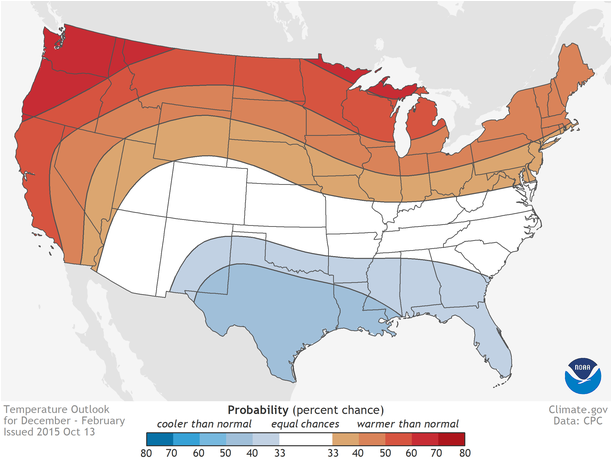
Let’s look at NOAA’s precipitation forecast. They are forecasting the southern United States to have a wetter than normal winter. Drier than normal for much of the northern United States into the Great Lakes. As I have said before, I am not ready to bank on a precipitation outlook.
Our region is in white. What is NOAA forecasting for our region? They are saying a 50/50 chance for above or below normal precipitation.
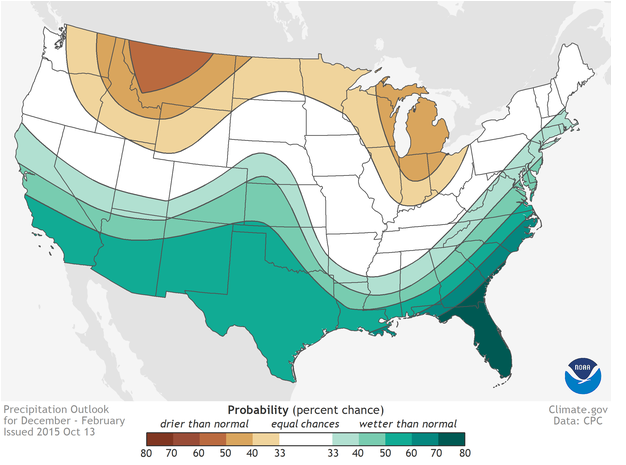
Remember, forecasters can’t actually tell you what you really want to know. How much snow will fall at my location. Will we have an ice storm. How many winter storms will impact our region. If someone tells you that it is going to snow 8″ on January 15th then take it with a grain of salt. Trust me, no forecaster can accurately forecast specific weather events months in advance. Key word being specific.
We can have a drier than normal winter and a colder than normal winter and still be slammed by one or two big winter storms.
For the most part, our region experiences a couple of winter storms each year. Last year the winter was boring, until it wasn’t. The two big winter storms occurred on February 16th and March 5th. And, many will never forget those two events. November into January was fairly calm.
No matter what winter forecast you read, there isn’t a method of forecasting the big events. The events that matter. Not months in advance, at least. We do well to forecast them a few days in advance, let alone months in advance.
Forecasters do fairly well with general over/under forecasts. Warmer than normal/colder than normal. Wetter than normal/drier than normal. But, that really does not tell the story of winter. That does not tell you what you really are wondering. Thus, is the nature of long range forecasting. Maybe one day it will improve

We have regional radars and local city radars – if a radar does not seem to be updating then try another one. Occasional browsers need their cache cleared. You may also try restarting your browser. That usually fixes the problem. Occasionally we do have a radar go down. That is why I have duplicates. Thus, if one fails then try another one.
If you have any problems then please send me an email beaudodson@usawx.com
WEATHER RADAR PAGE – Click here —
We also have a new national interactive radar – you can view that radar by clicking here.
Local interactive city radars include St Louis, Mt Vernon, Evansville, Poplar Bluff, Cape Girardeau, Marion, Paducah, Hopkinsville, Memphis, Nashville, Dyersburg, and all of eastern Kentucky – these are interactive radars. Local city radars – click here
NOTE: Occasionally you will see ground clutter on the radar (these are false echoes). Normally they show up close to the radar sites – including Paducah.

Live Lightning Data – zoom and pan: Click here
Live Lightning Data with sound (click the sound button on the left side of the page): Click here

I also set up a storm tracking page with additional links (use during active weather for quick reference)
Storm Tracking Tool Page
![]()
Current WARNINGS (a warning means take action now). Click on your county to drill down to the latest warning information. Keep in mind that there can be a 2-3 minute delay in the updated warning information.
I strongly encourage you to use a NOAA Weather Radio or warning cell phone app for the most up to date warning information. Nothing is faster than a NOAA weather radio.

Color shaded counties are under some type of watch, warning, advisory, or special weather statement. Click your county to view the latest information.

Here is the official 6-10 day and 8-14 day temperature and precipitation outlook. Check the date stamp at the top of each image (so you understand the time frame).
The forecast maps below are issued by the Weather Prediction Center (NOAA).
The latest 8-14 day temperature and precipitation outlook. Note the dates are at the top of the image. These maps DO NOT tell you how high or low temperatures or precipitation will be. They simply give you the probability as to whether temperatures or precipitation will be above or below normal.

Here are the current river stage forecasts. You can click your state and then the dot for your location. It will bring up the full forecast and hydrograph.
Click Here For River Stage Forecasts…
Here are some current forecast hydrographs. These will be updated each day with new information.
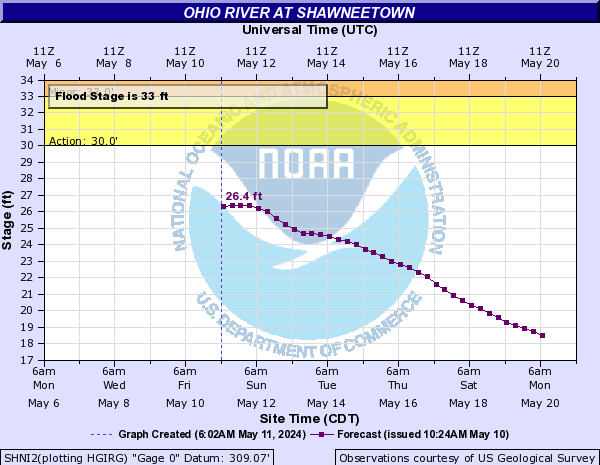

Smithland Lock and Dam
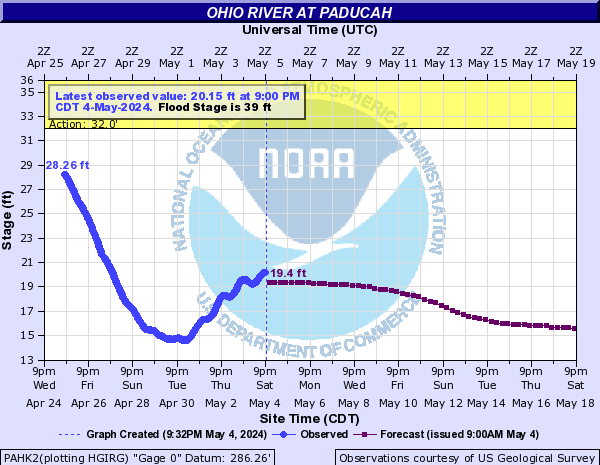
Paducah, Kentucky Forecast Stage
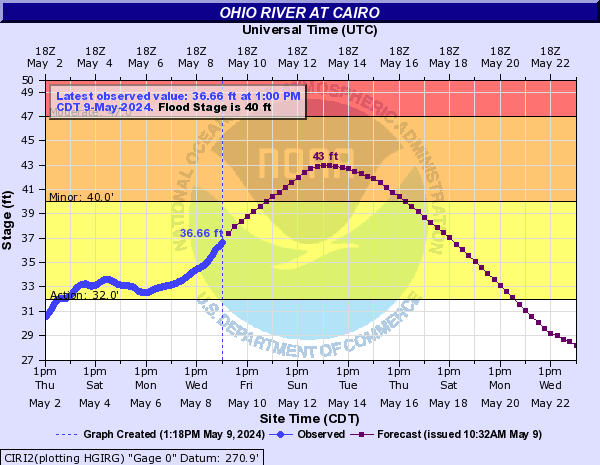
Cairo, Illinois
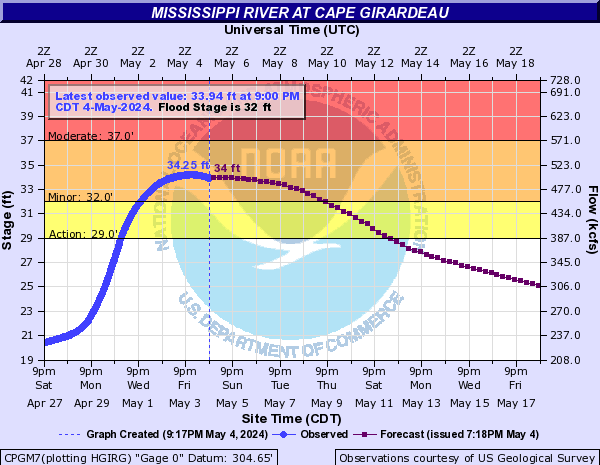
Cape Girardeau, Missouri

Who do you trust for your weather information and who holds them accountable?
I have studied weather in our region since the late 1970’s. I have 37 years of experience in observing our regions weather patterns. My degree is in Broadcast Meteorology from Mississippi State University and an Associate of Science (AS). I am currently working on my Bachelor’s Degree in Geoscience.
My resume includes:
Member of the American Meteorological Society.
NOAA Weather-Ready Nation Ambassador.
Meteorologist for McCracken County Emergency Management.
I own and operate the Southern Illinois Weather Observatory.
Recipient of the Mark Trail Award, WPSD Six Who Make A Difference Award, Kentucky Colonel, and the Caesar J. Fiamma” Award from the American Red Cross.
In 2009 I was presented with the Kentucky Office of Highway Safety Award.
Recognized by the Kentucky House of Representatives for my service to the State of Kentucky leading up to several winter storms and severe weather outbreaks.
I am also President of the Shadow Angel Foundation which serves portions of western Kentucky and southern Illinois.
There is a lot of noise on the internet. A lot of weather maps are posted without explanation. Over time you should learn who to trust for your weather information.
My forecast philosophy is simple and straight forward.
- Communicate in simple terms
- To be as accurate as possible within a reasonable time frame before an event
- Interact with you on Twitter, Facebook, and the blog
- Minimize the “hype” that you might see on television or through other weather sources
- Push you towards utilizing wall-to-wall LOCAL TV coverage during severe weather events
I am a recipient of the Mark Trail Award, WPSD Six Who Make A Difference Award, Kentucky Colonel, and the Caesar J. Fiamma” Award from the American Red Cross. In 2009 I was presented with the Kentucky Office of Highway Safety Award. I was recognized by the Kentucky House of Representatives for my service to the State of Kentucky leading up to several winter storms and severe weather outbreaks.
If you click on the image below you can read the Kentucky House of Representatives Resolution.
Many of my graphics are from www.weatherbell.com – a great resource for weather data, model data, and more

You can sign up for my AWARE email by clicking here I typically send out AWARE emails before severe weather, winter storms, or other active weather situations. I do not email watches or warnings. The emails are a basic “heads up” concerning incoming weather conditions.



